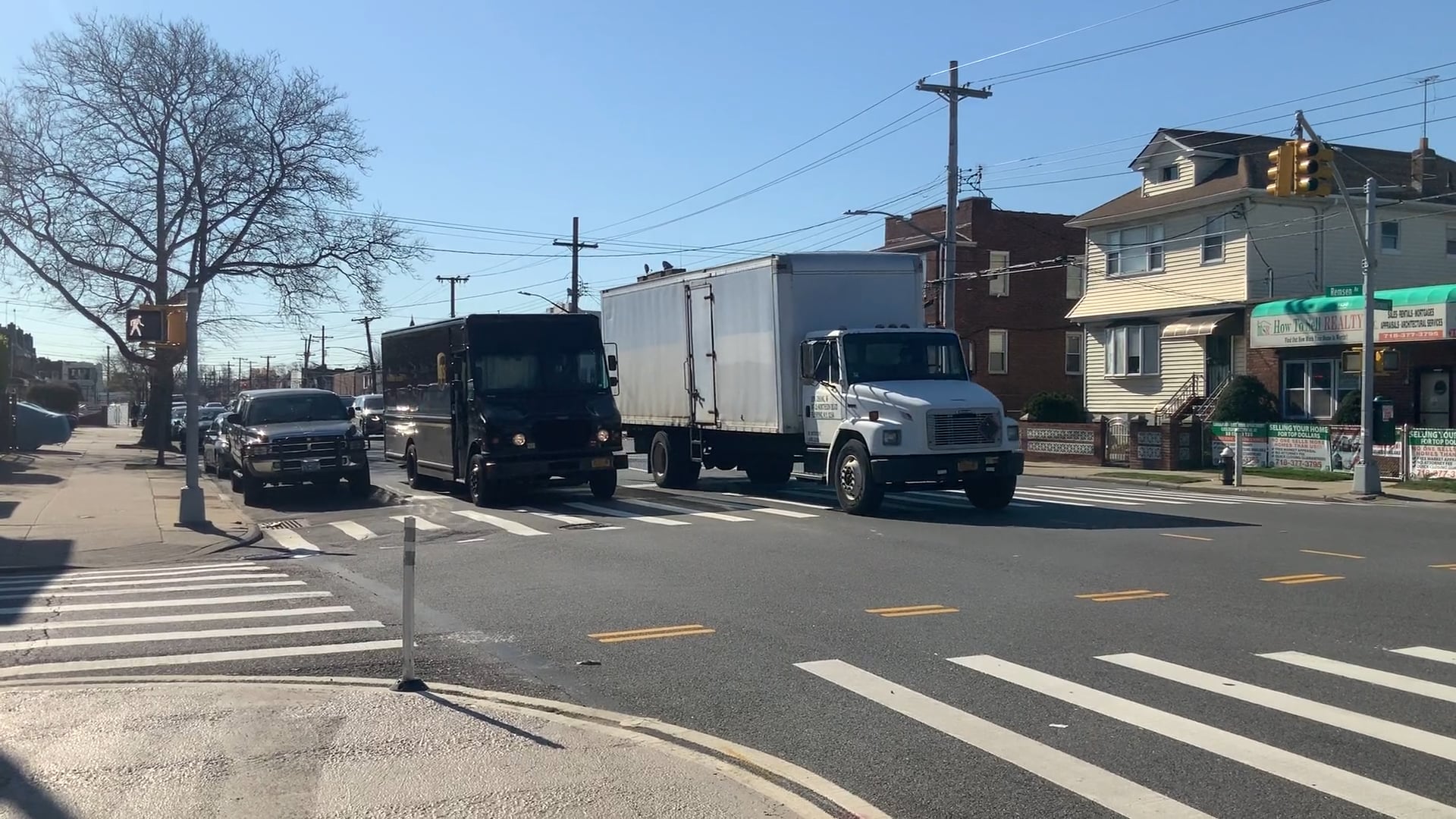The ascent of independent armadas proclaims an extraordinary time in the logistics business as driverless vehicles become progressively coordinated into production network tasks. This mechanical advancement vows to change how merchandise is shipped, upgrading productivity, security, and cost-viability. Independent armadas are furnished with state of the art innovations like high level sensors, man-made reasoning, and AI calculations, empowering them to explore complex traffic situations and pursue ongoing choices. One of the critical benefits of independent armadas in logistics is the possibility to diminish human-related mistakes and increment generally wellbeing on the streets essentially. With self-driving vehicles, the gamble of mishaps brought about by driver weakness, interruption, or debilitation is limited. These independent frameworks are intended with comply stringently to traffic rules and guidelines, making them a solid and unsurprising part of the transportation organization. This expanded wellbeing safeguards significant cargo and adds to a decline in mishaps and related costs, at last working on the general effectiveness of the production network.

Moreover, independent armadas offer the commitment of improved functional effectiveness. With the capacity to work every minute of every day without the requirement for driver rest periods, these vehicles can upgrade delivery plans and abbreviate transportation times. The accuracy of independent route frameworks guarantees that products arrive at their objections quicker and all the more dependably, decreasing postponements and upgrading the dexterity of store network organizations. The coordination of independent innovation likewise opens up open doors for platooning, where numerous vehicles travel intently together, profiting from diminished air obstruction and further developing eco-friendliness. Notwithstanding security and productivity, the reception of independent armadas in logistics can possibly address difficulties connected with work deficiencies. As the interest for transportation administrations keeps on developing, the business faces a diligent lack of qualified drivers.
Independent vehicles can assist with overcoming this issue by taking on daily practice and dull assignments, permitting human drivers to zero in on additional complicated and key parts of transportation truck load activities. This cooperative methodology, joining human mastery with mechanized capacities, can possibly make a stronger and versatile logistics environment. In spite of the gigantic commitment of independent armadas, challenges remain, including administrative obstacles, public acknowledgment, and the requirement for hearty network safety measures. Legislatures and industry partners should work cooperatively to lay out clear rules and guidelines for the protected mix of independent vehicles into existing transportation organizations. Moreover, public mindfulness missions and training drives can assist with building trust and acknowledgment of these extraordinary advances. All in all, the ascent of independent armadas denotes a urgent second in the development of logistics. As innovation proceeds to progress and administrative structures adjust, the business stands to profit from expanded security, functional productivity, and the capacity to defeat work deficiencies. The combination of driverless vehicles into logistics is not only a mechanical headway; it is an impetus for reshaping the fate of transportation and inventory network the board.